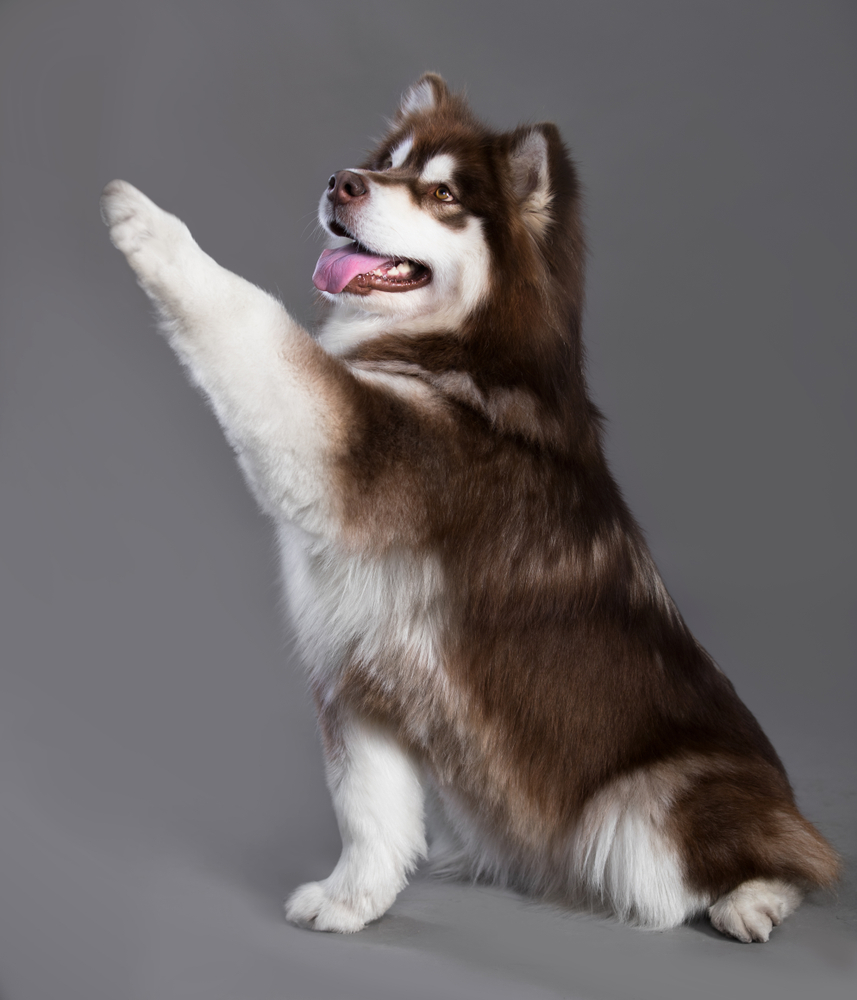Differences between Alaskan Malamutes and Siberian Huskies
In this comprehensive article, we delve into the fascinating world of two majestic canine breeds, the Alaskan Malamutes and Siberian Huskies. Both breeds are undeniably captivating, with striking resemblances, yet they possess distinct characteristics that set them apart. As avid dog enthusiasts, we embark on this journey to explore the subtle nuances and notable differences that make these two breeds so special. Let’s unravel the mysteries of the Alaskan Malamutes and Siberian Huskies and appreciate the unique qualities they bring to the table.
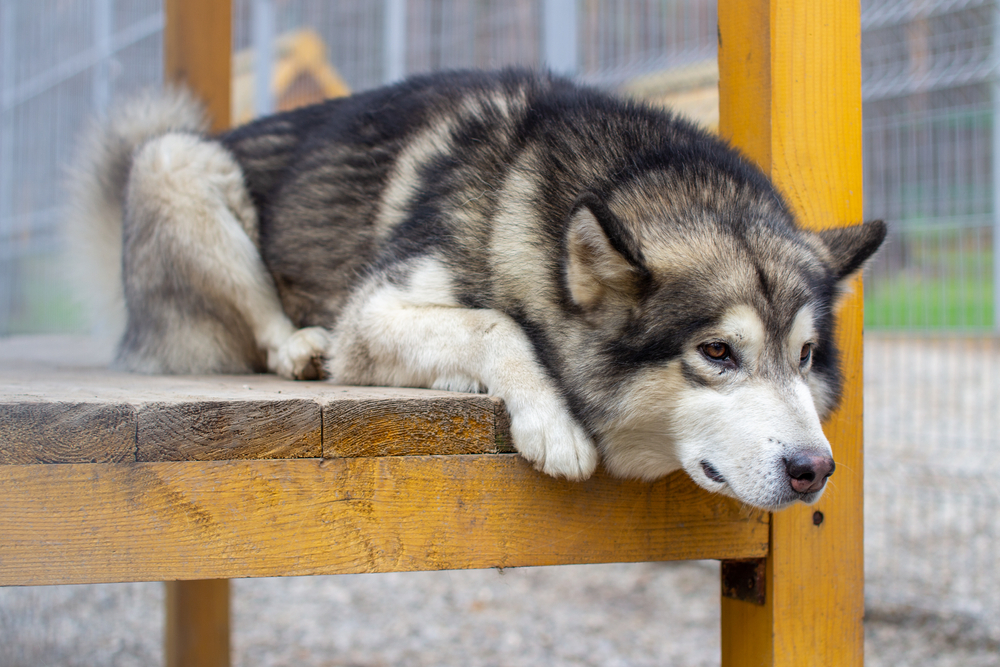
Origins and History
Alaskan Malamutes: The Alaskan Malamute traces its roots back to the rugged terrains of Alaska, where it was bred by the Mahlemuit Inuit tribe. These magnificent dogs were primarily used for pulling heavy sleds over long distances, making them an invaluable asset for transportation and hunting in harsh Arctic conditions. Their impeccable strength and endurance allowed them to thrive in these challenging environments.
Siberian Huskies: On the other hand, Siberian Huskies hail from Siberia and were bred by the Chukchi people, who relied on them for transportation as well as companionship. These dogs were prized for their incredible speed and agility, allowing them to cover vast distances with ease. Siberian Huskies also played a crucial role in the Chukchi people’s survival, as they were responsible for assisting with herding reindeer and guarding the tribe.
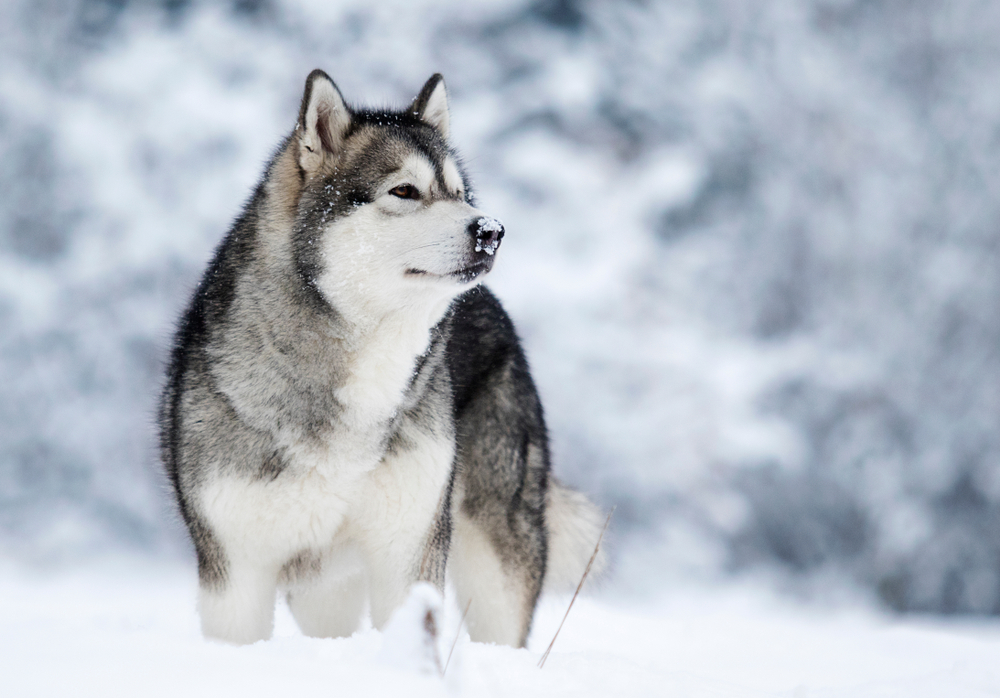
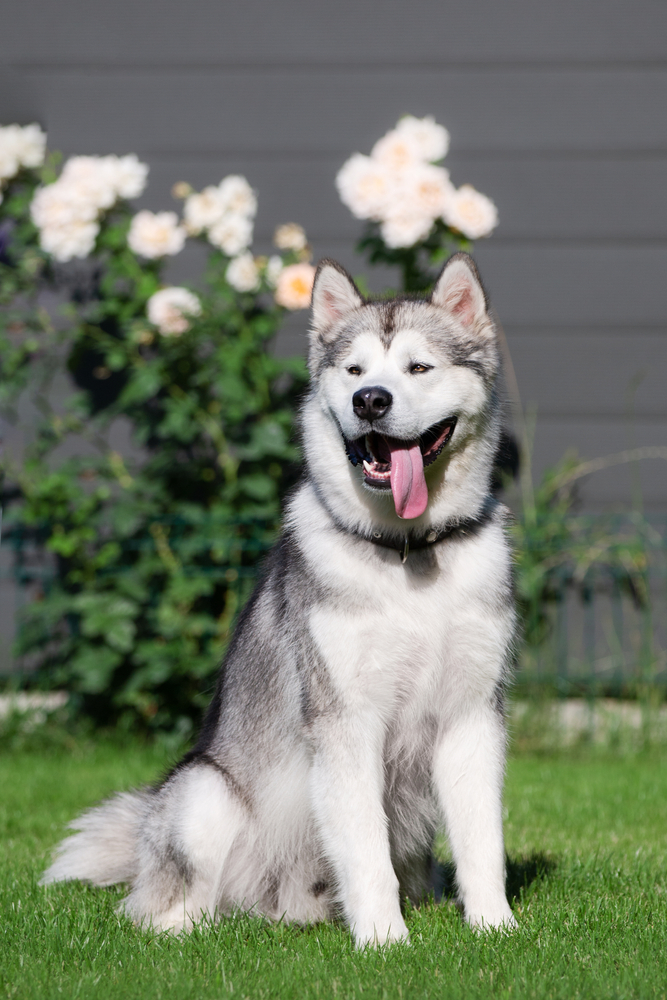
Physical Appearance
Alaskan Malamutes: The Alaskan Malamutes are the giants of the dog world. They boast a powerful and sturdy build, with a broad chest and muscular limbs designed for pulling heavy loads. Their thick double coat offers excellent protection against the cold, featuring a dense undercoat and a coarse outer coat. Their striking facial masks and expressive eyes exude an air of intelligence and dignity.
Siberian Huskies: Siberian Huskies, while also well-muscled, are slightly smaller than their Malamute counterparts. They possess a more refined appearance with a graceful gait, indicative of their exceptional agility. Their double coat is designed to keep them comfortable in both cold and warm temperatures, and their coat colors can vary widely, with striking patterns that add to their allure.
Temperament and Personality
Alaskan Malamutes: Known for their affectionate and loyal nature, Alaskan Malamutes are incredibly gentle and devoted to their families. While they can be independent at times, they thrive on human companionship and love being involved in family activities. Their friendly disposition and protective instincts make them excellent companions for children, though they might be reserved around strangers.
Siberian Huskies: Siberian Huskies are renowned for their playful and outgoing personalities. They are social animals and enjoy the company of humans and other dogs alike. Their mischievous streak adds an element of charm to their character, but it also means they require early socialization and consistent training. Due to their strong prey drive, Huskies are not always reliable around smaller animals, so proper care and supervision are essential.
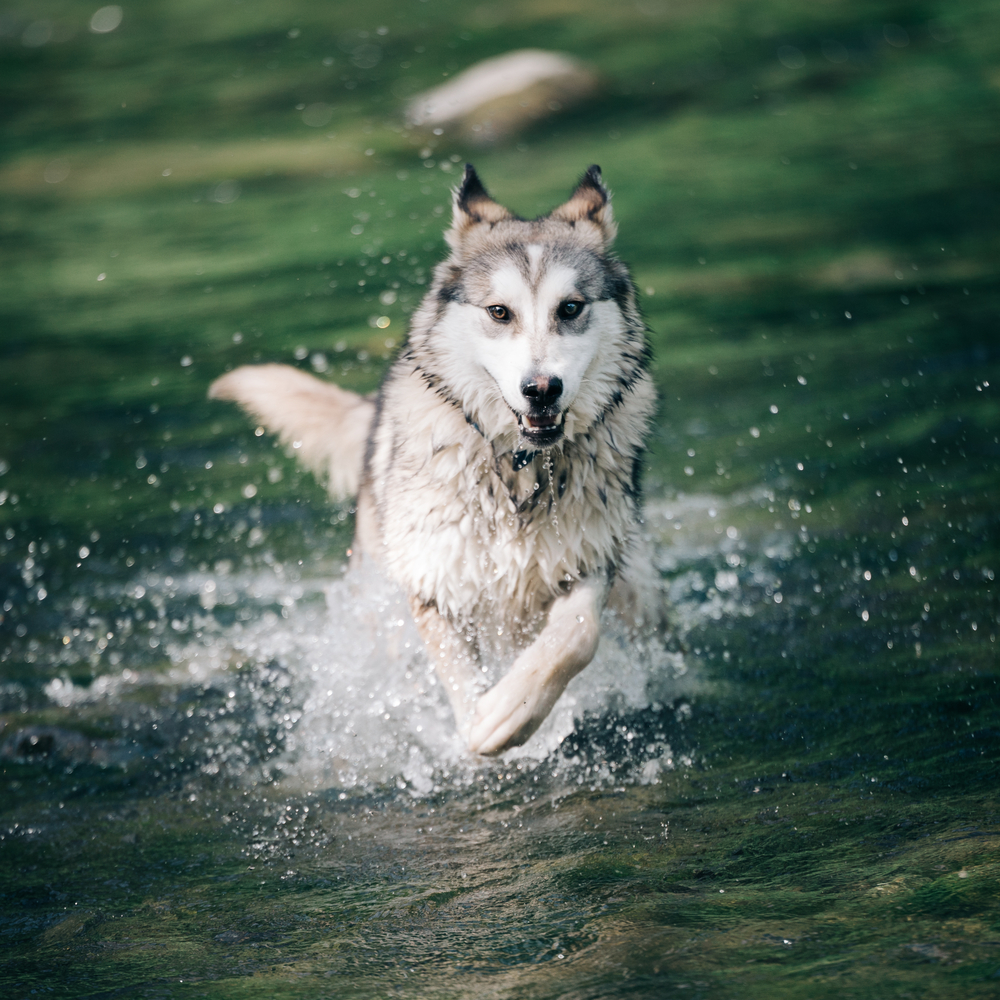
Exercise and Training
Alaskan Malamutes: Given their history as sled dogs, Alaskan Malamutes have an inherent love for physical activity and require ample exercise to stay happy and healthy. Engaging them in activities such as hiking, sledding, or weight pulling can fulfill their need for both mental and physical stimulation. Training these intelligent dogs requires patience and positive reinforcement methods to keep them motivated.
Siberian Huskies: Siberian Huskies are energetic and vivacious, demanding regular exercise to prevent boredom-induced mischief. Long walks, runs, or even dog sports can help keep them content. However, their independent nature may sometimes make training a challenge, necessitating firm yet gentle guidance to ensure they respond positively to commands.
Grooming Needs
Alaskan Malamutes: With their thick double coat, Alaskan Malamutes undergo seasonal shedding, especially during spring and fall. Regular brushing is essential to keep their coats in top condition and minimize loose fur around the house. Additionally, they only require baths when necessary, as their natural oils help maintain the quality of their coat.
Siberian Huskies: Siberian Huskies are also heavy shedders, particularly during seasonal changes. They, too, require regular grooming to manage their fur and keep it healthy. However, thanks to their self-cleaning nature, they tend to keep themselves relatively tidy and do not need frequent baths.
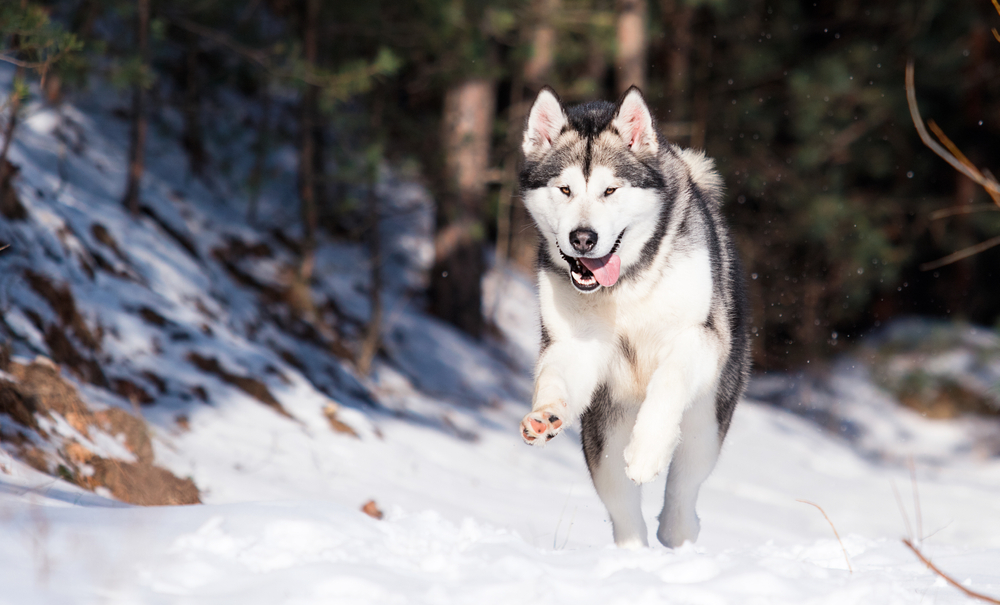
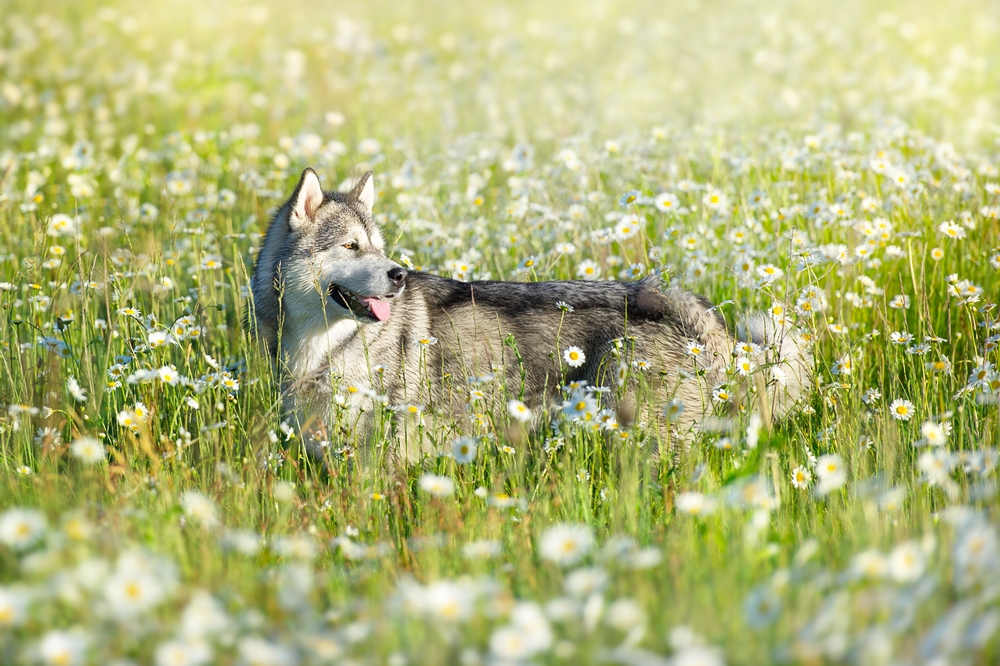
Health Considerations
Alaskan Malamutes: Like all breeds, Alaskan Malamutes are prone to certain health issues. Some common concerns include hip dysplasia, inherited polyneuropathy, and eye problems. Responsible breeding practices and regular vet check-ups can help mitigate these potential health risks.
Siberian Huskies: Siberian Huskies are generally healthy dogs, but they can be susceptible to issues such as hip dysplasia, eye disorders, and autoimmune conditions. Regular exercise, a balanced diet, and routine health checks are vital in maintaining their overall well-being.
Differences between Alaskan Malamutes and Siberian Huskies
Both Alaskan Malamutes and Siberian Huskies are extraordinary canine companions, each possessing unique qualities that endear them to their owners. The Alaskan Malamute impresses with its strength and loyalty, while the Siberian Husky charms with its playfulness and agility.
As you embark on the journey of choosing a furry friend, it’s crucial to consider your lifestyle, living environment, and ability to provide the necessary care and attention these remarkable breeds deserve. Remember that both breeds require dedicated training, exercise, and affection to thrive.
Now equipped with a deeper understanding of the differences between Alaskan Malamutes and Siberian Huskies, you can make an informed decision about which breed best aligns with your preferences and lifestyle.
